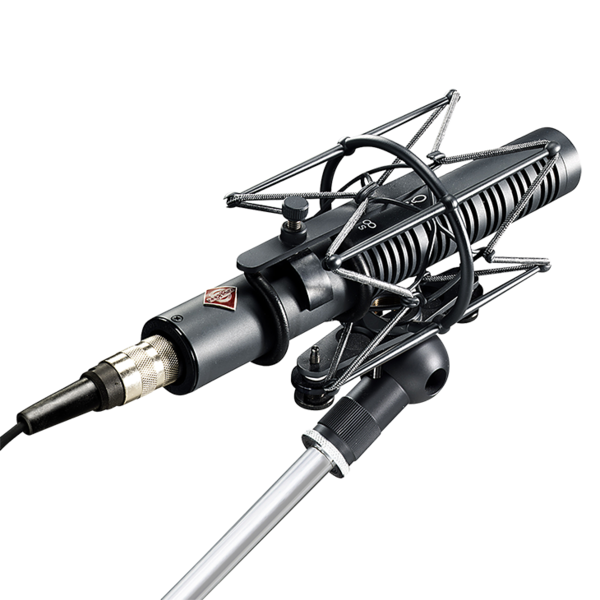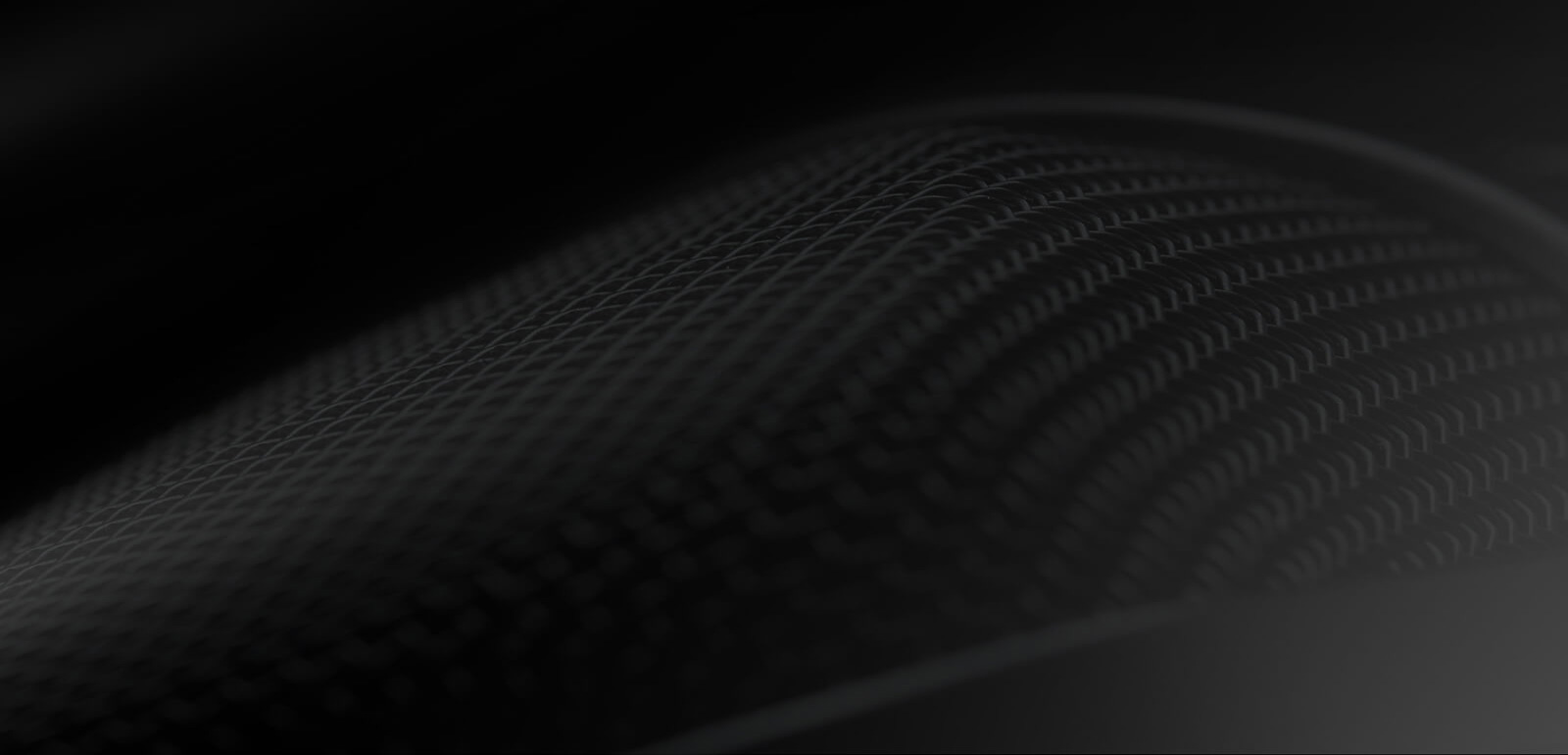Applications
The RSM 191 system is an ideal microphone system for:
- Outdoor stereophonic news coverage, even in extremely noisy surroundings;
- Stereo recordings for film and television where the actors are recorded simultaneously with acoustic ambiance, or an orchestra;
- Stereophonic motion picture sound where the width of the sound image must match the camera viewing angle.
Construction
The RSM 191 consists of a capsule head containing two separate transducer systems and an amplifier section with two independent transformerless microphone amplifiers. An interference tube system with a hypercardioid characteristic generates the middle signal, while a horizontal figure-8 assembly provides the side signal.
Acoustic features
The RSM 191 achieves its high directivity and special acoustic features through a unique construction. The microphone capsule assembly is mounted inside a housing tube that is acoustically open but has a high flow resistance. This results in a high driving force for the diaphragm, even with a low pressure gradient factor of the capsule. Therefore, the microphone can suppress unwanted off-axis interference to a considerably higher degree than other microphones without such an interference tube. The middle system (M-signal) combines high attenuation of lateral sound incidence, similar to a hypercardioid characteristic (which is about 10 dB), with the large front-to back ratio of the super-cardioid characteristic. Therefore, sound from the rear is likewise attenuated by approximately 10 dB. This design approach makes the microphone less sensitive to wind or pop noise than other shotgun microphones. The side system (S-signal) consists of two single capsules arranged back to back, closely behind the interference tube (M-signal) capsule. Arrows engraved on the microphone housing show their orientation. The uniform and balanced performance characteristic of the microphone system is achieved without resorting to corrective resonance effects. Therefore, the microphone maintains an excellent impulse response, reproducing all transient phenomena in music and speech without coloration. The entire internal construction is decoupled from the housing to avoid structure borne and handling noise.
Electrical features
The output signals of the included matrix amplifier are in either MS or XY format. The small capsules are mounted in close proximity to ensure transparent and coloration-free stereo sound with excellent mono-compatibility. The stereo acceptance angle is variable and controlled remotely.
Filter and attenuation
For the handling of very high sound pressure levels, a 10 dB attenuation can be switched ON to avoid overloading of the following equipment. To suppress structure borne noise, a high-pass filter in the matrix box provides cutoff frequencies of 40 Hz, 80 Hz, and 200 Hz.
Battery supply
The RSM 191 system is fed from either 2 x P 48 phantom power or from a 9 V battery inside the matrix box. One alkaline battery provides 8 hours of operation.
Delivery range
The complete miocrophone system comes in a robust aluminum carrying case. Along with the microphone and the matrix amplifier the case contains a windscreen, the special interconnecting cable and an adapter cable that splits the 5-pin XLR output of the matrix amplifier into two 3-pin XLR connectors for channels I and II to connect with the following equipment.
)














